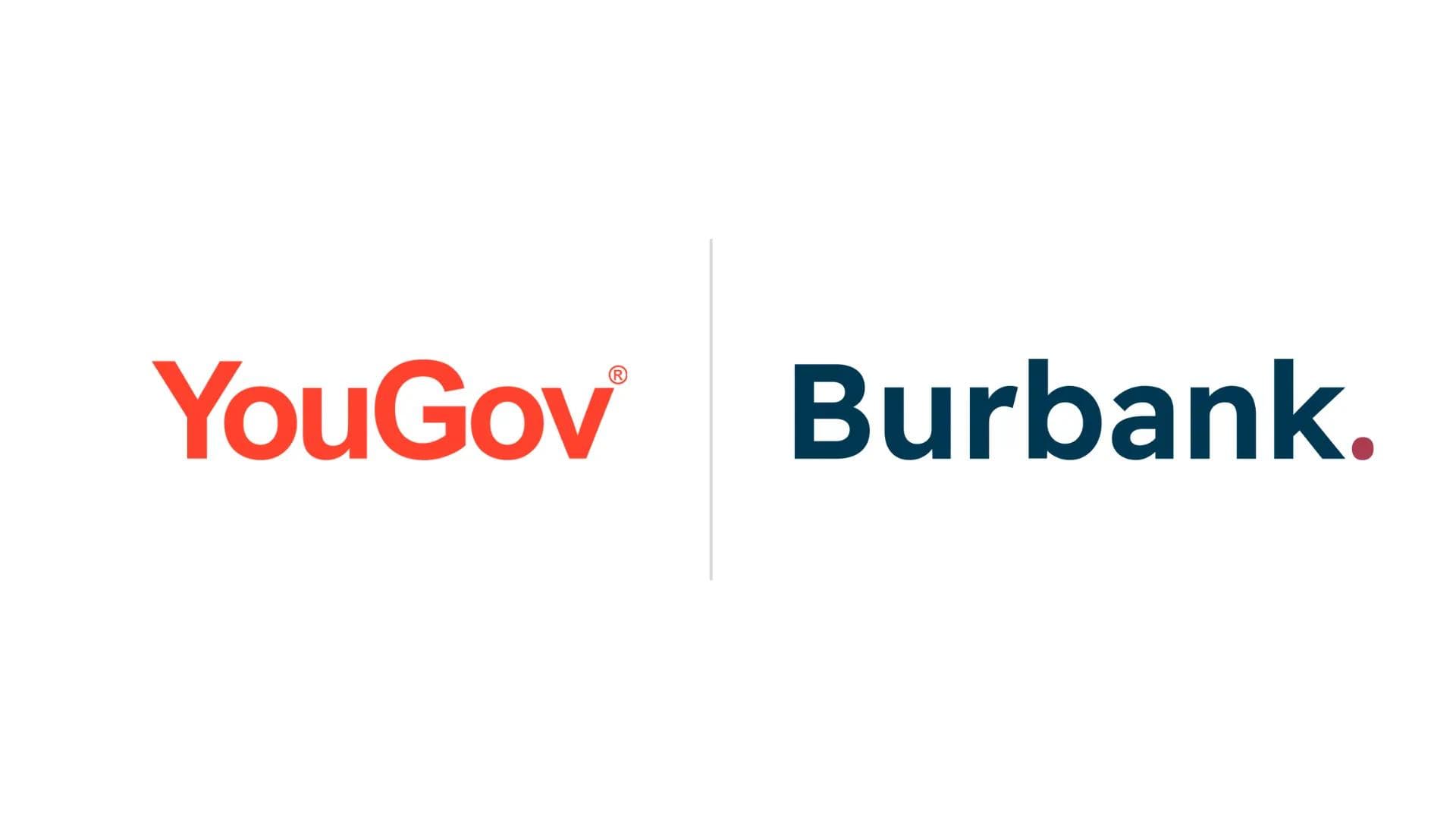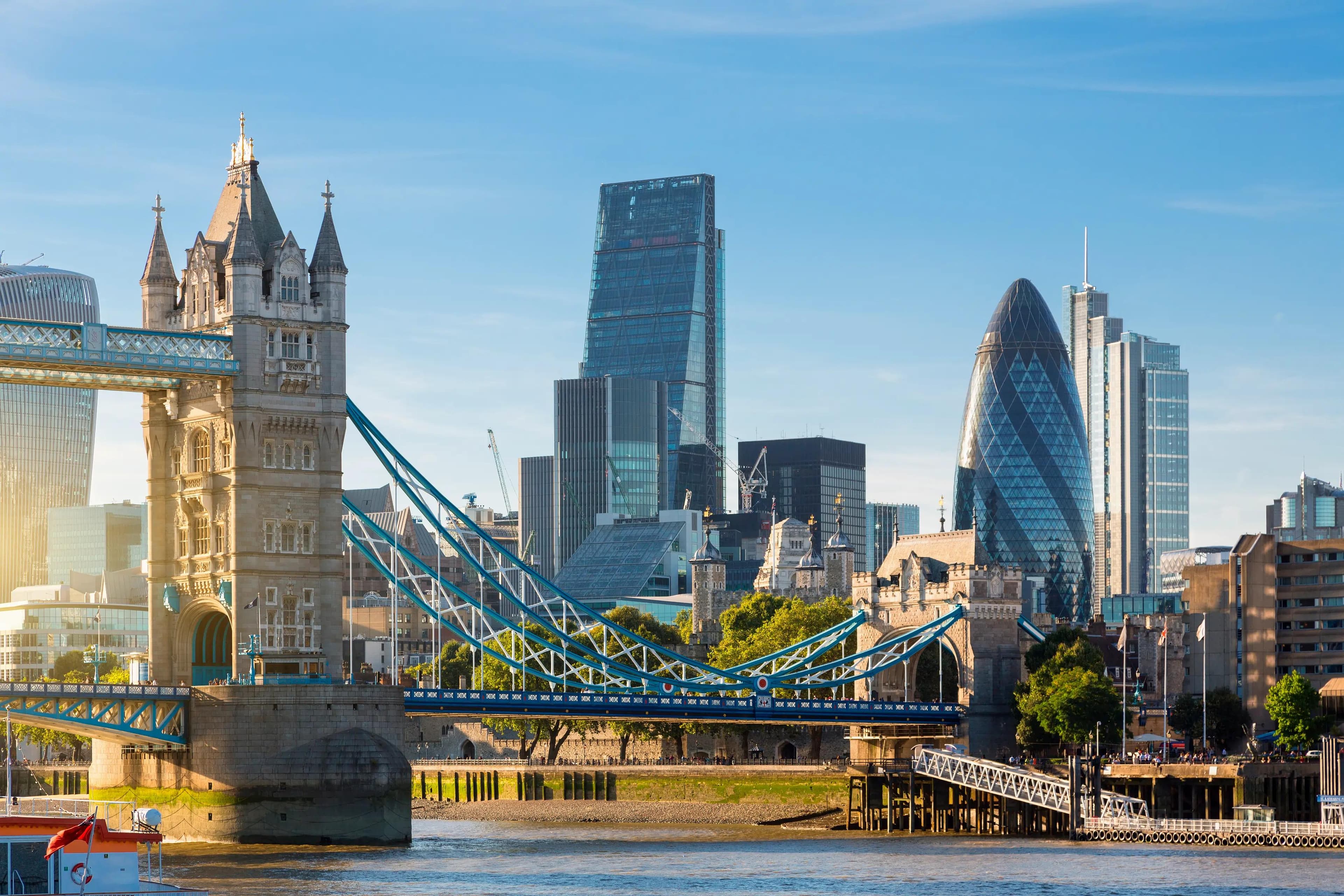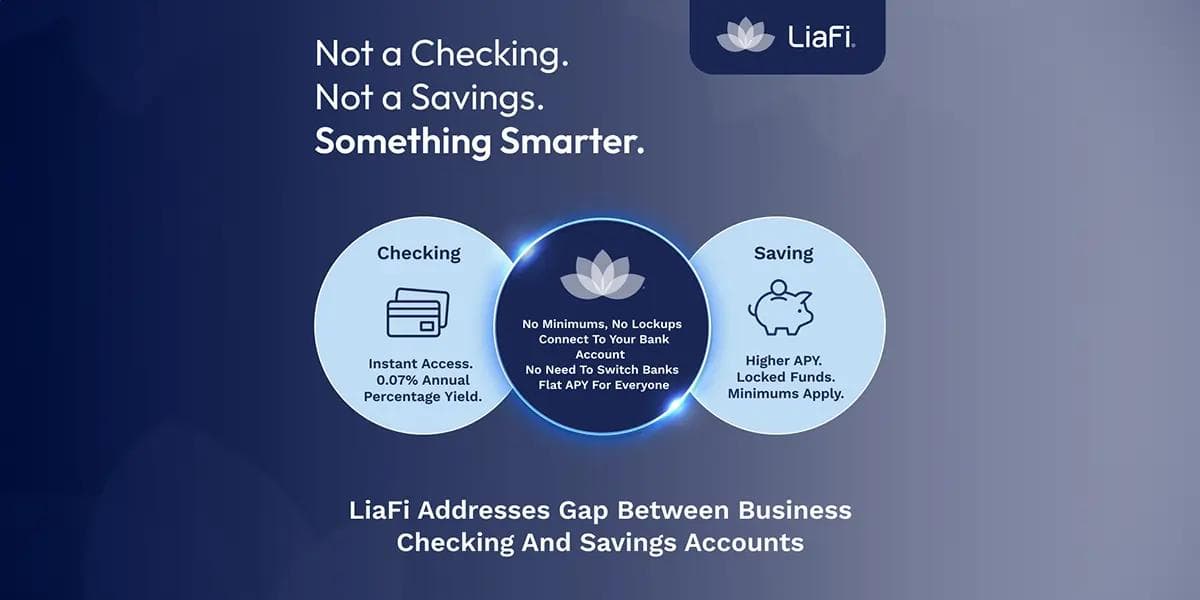The Silver Surge: How Baby Boomers Are Redefining Active Aging and Wellness
The Silver Surge: How Baby Boomers Are Redefining Active Aging and Wellness
Published by Jessica Weisman-Pitts
Posted on March 18, 2025

Published by Jessica Weisman-Pitts
Posted on March 18, 2025

Baby Boomers have never been content with the status quo. From reshaping industries to driving cultural revolutions, this generation has consistently set new trends. Now, as they enter their golden years, they’re once again rewriting the script—this time on aging. No longer defined by outdated stereotypes, today’s Boomers are championing a new vision of longevity, prioritizing health, fitness, and proactive wellness like never before. Their influence is reshaping industries, fueling innovation, and proving that aging isn’t about slowing down—it’s about evolving.
The Active Aging Revolution
Recent data paints a compelling picture of this transformation. According to the ABC Fitness Wellness Watch Fall 2024 Report, 80% of Boomers consider themselves physically active, outpacing both Generation X and Generation Z in their commitment to fitness. This shift highlights a fundamental redefinition of aging—one that prioritizes vitality, movement, and longevity over traditional notions of retirement and decline.
Unlike previous generations, Boomers are not merely maintaining activity levels—they are actively seeking ways to enhance performance, prevent age-related decline, and optimize overall well-being. Their approach goes beyond simple exercise; many are embracing strength training, high-intensity interval workouts, yoga, and even endurance sports to maintain mobility and independence for as long as possible. Fitness trends that were once dominated by younger demographics, such as CrossFit, cycling clubs, and Pilates, are now seeing increased participation from Baby Boomers who value the benefits of structured, engaging, and results-driven workouts.
This emphasis on physical activity as a cornerstone of longevity aligns with the broader growth of the wellness economy. The Global Wellness Institute reports that the industry reached an unprecedented $6.3 trillion in 2023 and is projected to grow to nearly $9.0 trillion by 2028. Baby Boomers are a driving force behind this expansion, fueling demand for products and services that support an active lifestyle—from wearable fitness trackers and recovery therapies to age-friendly workout programs and specialized personal training services.
Additionally, community-based fitness and wellness programs are becoming an essential component of this movement. Boomers are engaging in socially driven exercise routines, including dance classes, walking groups, and water aerobics, not just for physical benefits but also for the added advantage of social connection. This reflects a growing recognition that active aging isn’t just about the body—it’s about staying engaged, connected, and mentally stimulated.
As this generation continues to prioritize fitness, movement, and holistic well-being, they are not only extending their own health span but also influencing future generations' attitudes toward aging. Their commitment is reshaping the very definition of growing older, proving that aging is not about slowing down—it’s about adapting, evolving, and thriving.
The Wellness Investment Priority
When it comes to investing in their health, Boomers are leading the charge. A recent Bank of America Market Landscape report reveals that 52% of Boomers say they have sufficient funds to spend on self-care—the highest percentage among all generations. This financial readiness is reshaping the wellness industry, with Verified Market Research reporting that the Silver Economy market size was valued at $1.6 trillion in 2023 and is projected to reach $2.9 trillion by 2031.
Boomers take a holistic and proactive approach to wellness. Beyond traditional exercise routines, Boomers are investing in preventative healthcare services, nutritional counseling, and mental wellness programs. They're also placing significant emphasis on social engagement and community participation, recognizing that holistic wellness extends beyond physical health alone.
The Preventative Healthcare Focus
Healthcare engagement patterns among Boomers show a strong preference for proactive health management, emphasizing early detection, preventative screenings, and personalized wellness strategies. Unlike previous generations that often reacted to health concerns as they arose, Boomers are actively working to mitigate risks before they become serious medical conditions.
According to Altera Health's 2024 report, 64% of Boomers prefer in-person healthcare visits, demonstrating their continued trust in traditional medical consultations for comprehensive checkups, screenings, and expert guidance. However, 31% embrace a hybrid approach, combining virtual and in-person care, illustrating a shift toward greater flexibility in managing their health. This balance allows them to access routine care conveniently while still prioritizing in-depth, face-to-face interactions for more complex needs.
Preventative healthcare for Boomers goes beyond routine physical exams and diagnostic screenings—it includes lifestyle modifications, chronic disease prevention, and holistic wellness strategies. Many are proactively managing heart health, diabetes, osteoporosis, and cognitive function through specialized nutrition plans, targeted fitness programs, and stress reduction techniques like mindfulness and meditation. By focusing on wellness rather than illness, Boomers are extending not just their lifespan but their health span—the number of years they live in good health.
Additionally, Boomers are selectively adopting digital health solutions to complement their preventative care efforts. While they maintain a preference for traditional, in-person healthcare, many are integrating telehealth consultations, wearable fitness trackers, and AI-powered diagnostic tools into their wellness routines. This shift reflects a growing interest in real-time health monitoring, chronic disease management, and convenient access to medical professionals. Wearable devices that track heart rate, sleep patterns, and activity levels are gaining traction among Boomers who want to stay proactive about their health.
The growing demand for preventative healthcare services and digital health innovations is driving significant industry growth. Healthcare providers are expanding age-friendly wellness programs, emphasizing early intervention for chronic conditions, and tailoring health services to meet the needs of an aging yet highly active population. By 2030, all Baby Boomers will be 65 or older, representing one in every five Americans, according to Veradigm. Their proactive approach to healthcare will continue to influence medical advancements, insurance coverage models, and the evolution of senior-focused healthcare services.
As Boomers redefine aging, their commitment to preventative care is shifting the healthcare landscape from treating disease to maintaining long-term vitality and quality of life.
The Business Impact: A Silver Economy Boom
The Boomer focus on active aging and wellness has created substantial business opportunities across multiple sectors. With the Silver Economy projected to grow at a CAGR of 8.10% from 2024 to 2031, the market is expanding rapidly, fueled by innovation across multiple sectors. In the fitness and wellness sector, businesses are developing specialized programs that cater to the unique needs of older adults. Personal training services now focus on functional fitness, while wellness coaching has evolved to address the specific challenges and goals of this demographic. Group exercise classes designed for active seniors have become increasingly popular, fostering both physical health and social connection.
The healthcare innovation landscape has similarly transformed. Preventative health screening services have expanded, while wellness-focused medical practices are gaining traction. Alternative medicine and holistic health centers are experiencing growth, and the market for mobile health monitoring devices continues to expand. These developments reflect a broader shift toward proactive health management among Boomers.
Entrepreneurial Opportunities
The focus on active aging has sparked a wave of entrepreneurship. According to the Global Wellness Institute, the wellness market is expected to reach $6.8 trillion in 2024, creating numerous opportunities for businesses catering to this demographic.
In the technology sector, companies are developing user-friendly health monitoring devices and apps specifically designed for older adults, seeing significant growth in adoption rates. Specialized fitness services, including boutique studios and personal training programs, are proliferating, with the Centers for Disease Control and Prevention reporting increased participation in structured exercise programs among older adults.
The demand for preventative healthcare services continues to rise, with CMS projections indicating that national health expenditures will exceed $5 trillion for the first time in 2024. Community wellness centers that combine fitness, social activities, and health services are becoming increasingly popular, responding to the holistic wellness needs of this generation.
The Future of Active Aging
Boomers' dedication to active aging is setting a precedent that extends far beyond their own generation. Their emphasis on staying active and investing in preventative health is influencing future generations' approach to aging and creating new standards for healthy living in later years.
The future of active aging will see even greater integration of wellness services with traditional healthcare, along with the continued rise of community-based wellness programs. We're likely to see further development of age-specific fitness and wellness products, expansion of preventative health services, and increased business focus on active aging solutions.
The Lasting Impact of Active Aging
The Baby Boomer generation’s commitment to active aging and wellness isn’t just a passing trend—it’s a paradigm shift. Their willingness to invest in health, embrace preventative care, and engage with emerging wellness technologies is redefining what it means to grow older. Beyond personal benefits, their influence is catalyzing innovation across multiple industries, from fitness and healthcare to technology and entrepreneurship. For businesses, the opportunity is clear: catering to this generation’s evolving needs isn’t just good practice—it’s a strategic imperative. As Boomers redefine aging, they aren’t just shaping their own future—they’re setting a lasting standard for generations to come.
Explore more articles in the Top Stories category











